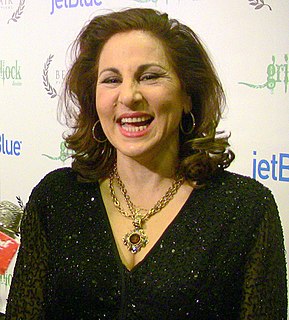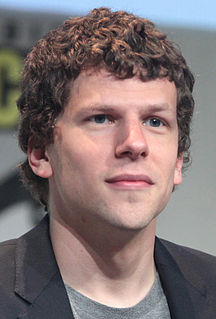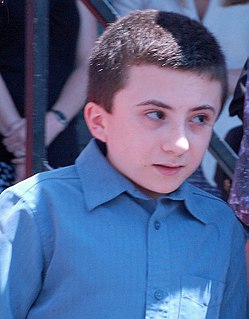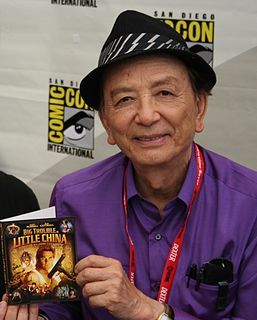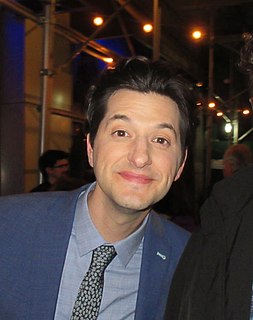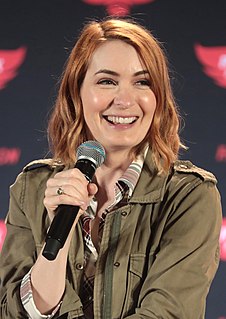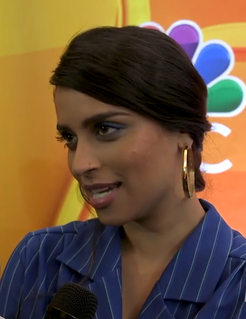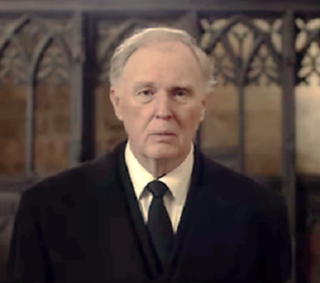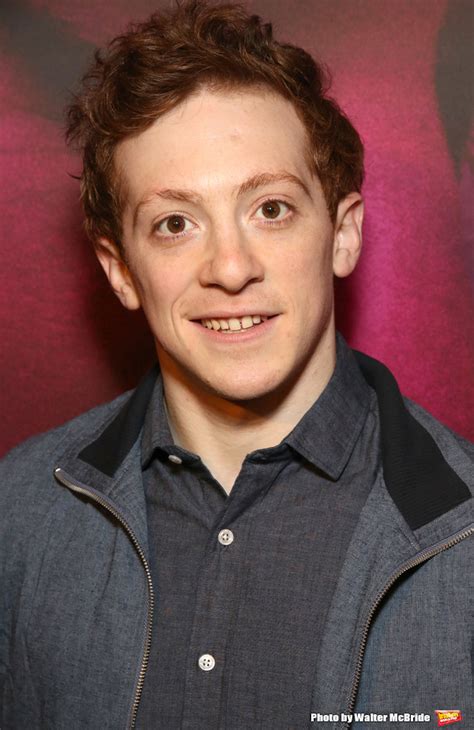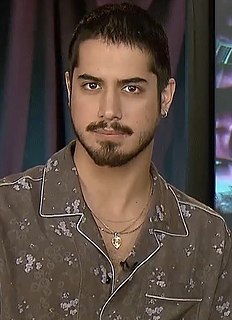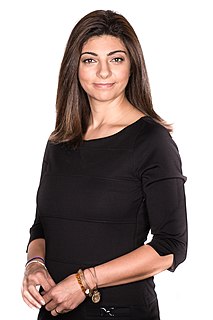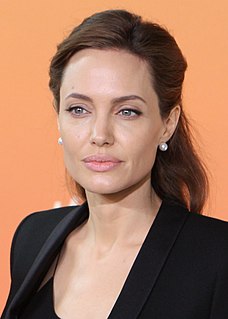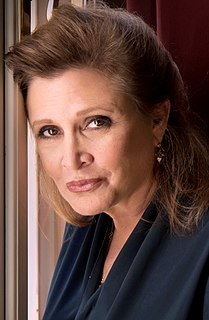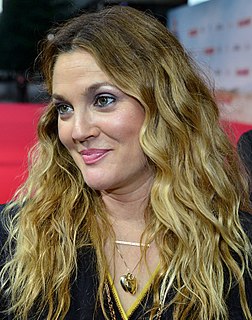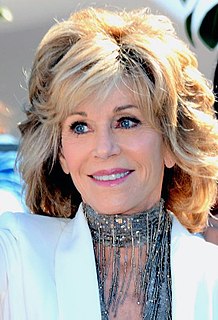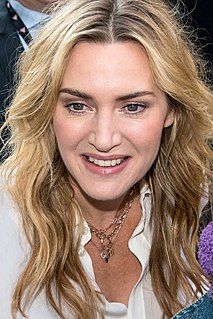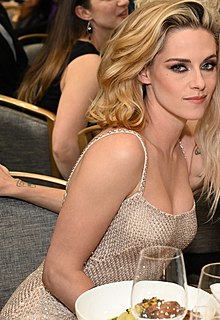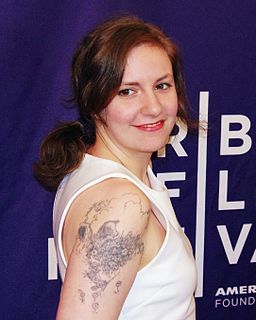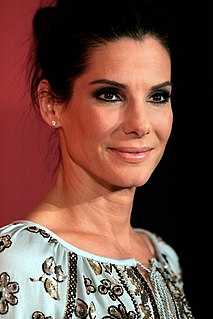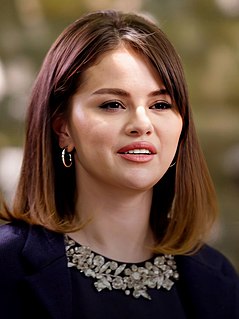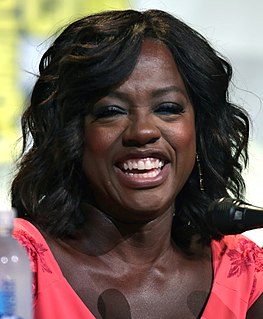A Quote by Kathy Najimy
While voicing animations I use the same acting muscles, even more because you have to channel all into your voice, whereas when you're live-action you get props and scenery and other actors and your facial expressions and what happens to help you. It's not necessarily easier as an actor to do voice-overs, it's easier as a person.
Related Quotes
It really depends, but, generally speaking, just because of the mechanics of it, voice-over is easier because there is no hair, no makeup, no wardrobe, no fittings, no line memorizing. You don't have to me woken up in Russia at 6 in the morning and go film a scene. It's just easier on the body, the family life to do voice-overs.
Sometimes I get a little confused because with dancing I can express my emotions with my body. With acting you have to do it with your face and your expressions, and then with animated shows you have to use your voice and use your inflections. So it's definitely a challenge to transfer from each genre of entertainment.
I feel like you have to use your energy, you have to use your resources to help those who don't have a voice. Whereas back in the day, you could say, "I didn't know about this. What was I supposed to do? One person can't make a difference." No, like, none of that's valid. You can make a difference, and you do have a voice.
When I read to children, I try to become the characters. It's great if you can make a separate voice for each character. Sometimes you can lower your voice with excitement or get more intimate about it: you can lean forward and engage the children as a narrator or as a reader. It's particularly important that you find the voice that you want to use for each character, because then children can imagine that person as you're reading aloud. And of course, the illustrations help enormously.
